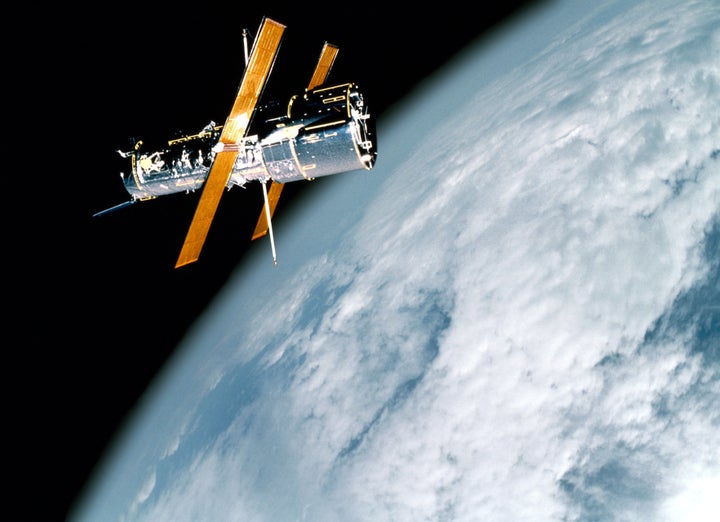A team of astronomers believe they may have found the first example of a moon outside of our own solar system.
While we’ve seen an explosion in the discovery of exoplanets, exomoons have proven to be incredibly difficult to spot.

Unfortunately due to their relatively small size and distance from Earth astronomers have been limited by the technology that’s currently available.
Now though, a team led by Dr David Kipping from Columbia University in New York believe they’ve finally found the evidence they needed.
In a paper about the moon, Dr Kipping and his team describe how they created a shortlist of 284 potential solar systems discovered by the Kepler space telescope.
The planets in these systems ranged greatly in size from Earth to Jupiter-sized and all of them had the potential to contain orbiting satellites.
To spot an alien moon is spectacularly difficult.
The scientists started by looking for the dip in light that takes place when an exoplanet passes in front of its parent star.
To then spot the moon the team had to dive down even further into the Kepler data to see if there was a tiny dip that then took place before or after the planet has passed.
The team used three transits to confirm their sighting, however speaking to the BBC the team did admit that it wasn’t as many as they would have liked.
Kipping made his discovery with a colleague Alex Teachey and a citizen scientist Allan R Schmitt.
While the team are confident about their findings they point out in their paper that at present the discovery “should be treated as no more than a hint at this time.”

The team will use follow-up observations from Hubble in October to get a better sense of what they’re dealing with and to hopefully lend some weight to their theory.
Kepler has so far discovered a whopping 4,034 planets so far, with numerous examples falling under the category of being able to support life.
Perhaps the most famous of these discoveries is TRAPPIST-1, a star system with as many as seven planets all capable of supporting life.
Found in the constellation Aquarius the TRAPPIST-1 is, relatively speaking, incredibly close to our own solar system at a distance of just 40 light years (235 trillion miles).
